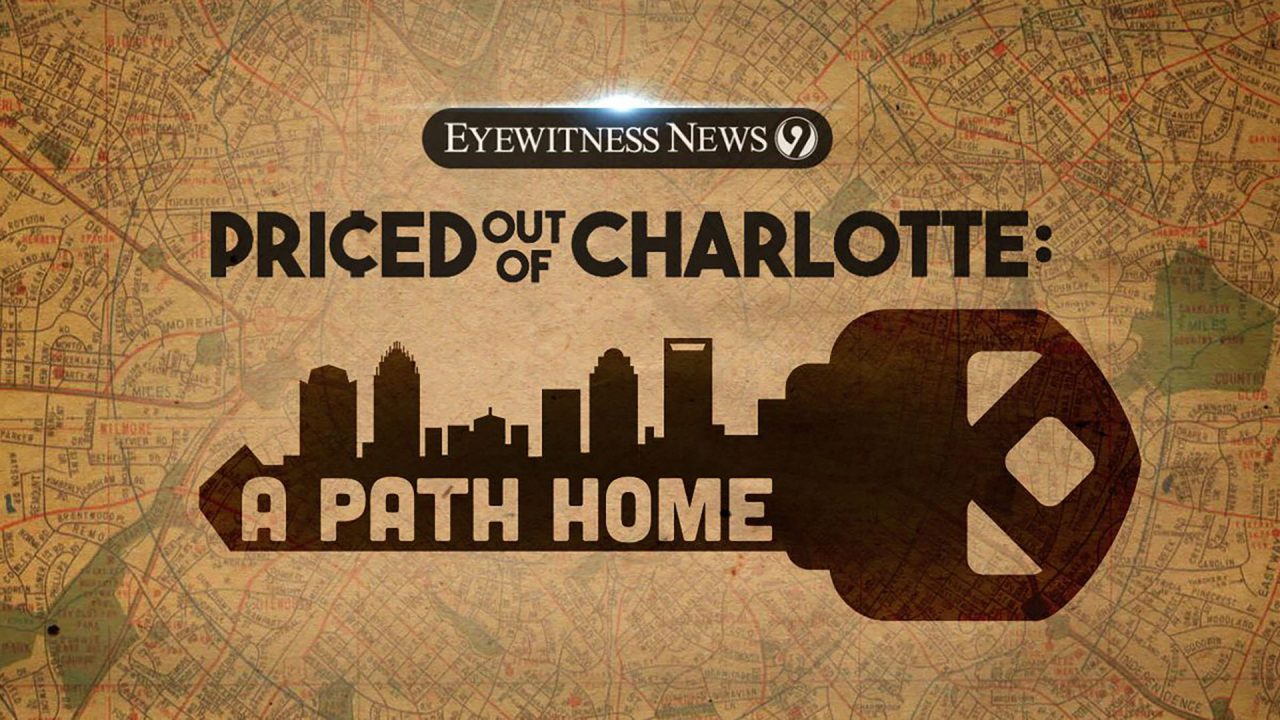What’s your definition of success?
When I first met Mike Oliveira, news director of Cox station WSOC-TV in Charlotte, North Carolina, and his head of specials, Kim Holt, last October, they had a simple answer to that question: “Return to dominance at 5 p.m.” It was the beginning of a journey that would take them far from that original goal — and bring them success close to home.
WSOC and half a dozen other stations were at the Walter Cronkite School of Journalism, embarking on an intensive transformation program called Table Stakes — part of the Knight Foundation-backed local TV news innovation project that also supports the Cronkite News Lab. Table Stakes coaches help each station identify a specific “performance challenge” and then employ a rigorous methodology to drive relentlessly toward that goal over the next 10 months.
“Winning at 5” is a goal any news director can understand, but Oliveira and Holt’s coach, Joanne Heyman, pushed them to rethink their challenge. “They came in with a kind of legacy mentality of what it means to succeed,” Heyman says. “And I said to them, ‘If Nielsen weren’t a factor, if all these other ways that your industry measures success weren’t a factor, what would success look like?’”
“We were missing the whole point,” Oliveira says now. “We were trying to win the 5 by kind of just hit and run: let’s target, let’s hit them and let’s go. And what we were encouraged and inspired to do was evolve our mission to something that is meaningful to the community. And the people will not just be hit-and-run consumers, but we can create new loyalists. And that’s just a better way to build an audience.”

Mike Oliveira, Kim Holt, and Joanne Heyman
The news executives didn’t have to look far for a path forward. The station was already 18 months into a project called Priced Out of Charlotte, a series of prime-time specials and reports on the region’s affordable housing shortage created at the urging of new (as of December 2017) general manager Cedric Thomas. “It was kind of a wake-up call for some of us who had been there 23 years,” says station veteran Holt. “And we felt like, ‘Oh, we’re doing such great work in the community.’ But Cedric’s challenge was, ‘How can you do better? How can you do bigger? How can you go deeper?’”
Cut to last fall: Joanne Heyman’s advice was uncannily similar: “If you go narrow and if you go deep, you’re going to be able to succeed at multiple levels.” So instead of “Win at 5,” Oliveira and Holt came up with a new Table Stakes challenge:
We will be leaders in Charlotte’s effort to tackle the affordable housing crisis,
educating and empowering our audience so everyone has a safe place to live.
That may not sound terribly compelling at first — “Affordable housing doesn’t instantly jump off the page as the most exciting TV story,” admits Oliveira — but “affordable housing is something where we can really make a difference,” says Holt. “And so the goal became, ‘How do we do that?’”

1300 people line up in Charlotte for a chance to get into new affordable housing (WSOC)
With the Table Stakes framework providing support, structure and focus, WSOC doubled down on Priced Out of Charlotte and super-served its community on a critical issue. In addition to extensive TV coverage, the team created an online resource guide for the 22 counties the station serves — and then translated it into Spanish for good measure.
Could other stations do the same with the issues that matter in their markets? In my conversation with Oliveira and Holt, five key themes emerged.
● Choose a multifaceted topic.
Build your reporting around the multiple ways a social issue touches people’s lives. “I think [the affordable housing crisis] gives us an endless cycle of ways to connect with the community, to tell stories, to hold government leaders accountable,” says Holt. In addition to producing specials, Holt and Oliveira encouraged beat and bureau reporters to focus on housing as part of their daily coverage. “There were just news stories that were organically popping up in the day-to-day news cycle,” says Holt. “It just all seemed to come together very naturally.”
● Enlist and inspire the whole station.
In addition to getting the entire newsroom behind the project, be sure to involve creative services and even the sales team. “It just became woven into everything we do,” Oliveira says. “The difference between this and traditional sweeps work is people feel very personal and passionate about this,” says Holt, “so they appreciate the opportunity to come out of the mix to work on it. Everybody got involved: all managers, all reporters, all producers.”
● Team up with partner who are making a difference.
“The goal is for us to lead and to take a stand,” says Oliveira. “Not just report, but help.” To that end, WSOC is working directly with nonprofit organizations, especially local ones. “Nothing against the big charities,” he says, “but someone who’s on the ground helping.” “They give us great stories, and we give them awareness,” says Holt, “and we actually did a fundraising effort for them as well.”
● Focus on what’s important — not what isn’t.
“You have to be willing to let some things go that don’t matter,” says Oliveira. This may be the hardest lesson — and arguably the most crucial. “Very often the low-hanging fruit is stuff that’s not high impact, high value,” he says. “And when you start putting this [in-depth] content in there, it squeezes out stuff that maybe didn’t need to be there in the first place. And it allows you to really connect with the viewer in a way that’s not just a car accident or a fire or anything like that. We don’t want to miss big breaking news, [but] I’m not going to chase every little thing, either.”
● Adapt to the needs of a changing audience.
The kind of transformation that WSOC has undergone requires not just a supportive GM like Cedric Thomas at the top, but the patience to reshape the newsroom culture around a new set of priorities. “TV really needs to be that in-depth place to get people to come and stay,” Oliveira says. “And so we couldn’t just do 20-second readers or VOs anymore. Especially as we get into the millennial being in the demo, people want to know what’s going on in their community. It’s not going after the equivalent of clickbait for TV. It’s a long play, to get people to see us in a different light, and hopefully, when they come to TV, they feel like we’re going to be thoughtful and a good choice for them.”
WATCH WSOC’s Jason Stoogenke help a North Charlotte man avoid eviction
Table Stakes coach Heyman believes other stations should pay attention.“If they don’t start to see around corners and to operate differently, they’re going to get left behind,” she warns. “They’re going to get left behind by the viewers.”
WSOC views its in-depth, community-focused strategy as a critical differentiator that’s not just good for the audience but good for the business. “Now they’ve got something extraordinary, incredible in their toolkit,” says Heyman, “that they’re able to apply to different issue areas. They can provide great content for an audience, meeting them where they are, and do it in a way that is sustainable from a business perspective.”
“I think Table Stakes put a system and language around what we were doing,” says Oliveira. “It made us more effective and helped us learn how to do this type of work more efficiently so we can do it again.” And in fact, the station is using its new playbook to build out another ongoing project on mental health issues called Charlotte’s Hidden Crisis, as well as this year’s back-to-school coverage, Return to Learning.
It turns out the call letters “WSOC” stand for We Serve Our Community. Who knew? “Even though it sounds cheesy, this is true,” says Holt. “We didn’t promote that. We didn’t tell people that for many, many, many years, and it’s something we’ve just recently started reminding people: That’s what we stand for. And that’s who we are.”
And guess what: WSOC is “winning at 5.” In the latest Nielsen rating period, WSOC’s 5 p.m. newscast more than doubled its lead-in to be #1 in Adults 25-54 and #1 in households. Oliveira and Holt don’t know whether that’s a result of their “narrow but deep” strategy or just a coincidence. “We kind of got our groove back,” says Oliveira. “And so whether that was related to this directly or not, it was a happy, happy thing to have happened for us.”
Heyman is less reluctant to make the connection. “They still won in the legacy sense — at 5 p.m. But they did it by thinking about winning in a very different way.”
Get the Lab Report: The most important stories delivered to your inbox
